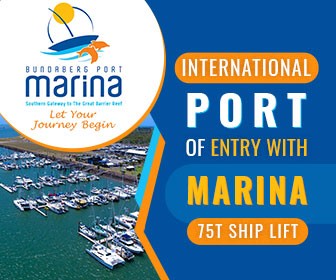Indian Ocean Voyage Part 2: From Fremantle, Australia to La Reunion
Having discovered that the situation was easing in South Africa and entry would likely be possible, Barb and Rob White of SY Zoonie decided to set off on the 3913NM passage to La Reunion from Fremantle in Australia last month. This is their account of the voyage.
Published 4 years ago
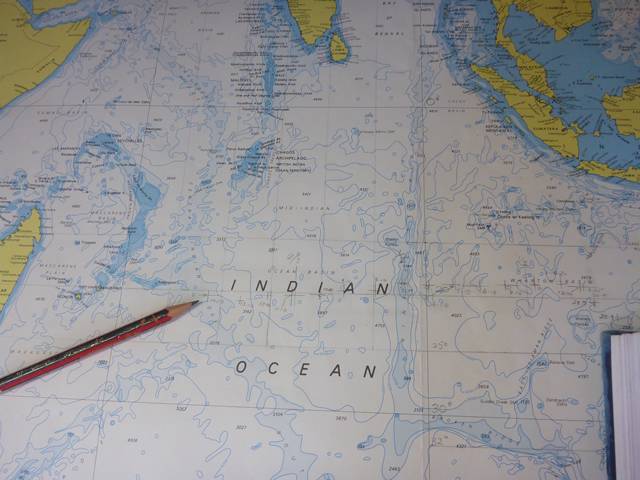

Christmas Island was open to us but way off our course and Cocos Keeling was closed, so it was first stop La Reunion, 3913 miles away.
The nature of our passage:
We sailed from Fremantle on the 21st September,2020, northwards towards Latitude 18 degrees south to find the ESE trade winds and finally, after 9 days, turned west towards our destination. We still had an adverse current taking away some of our progress, but were doing a gentle 5 knots over the ground.
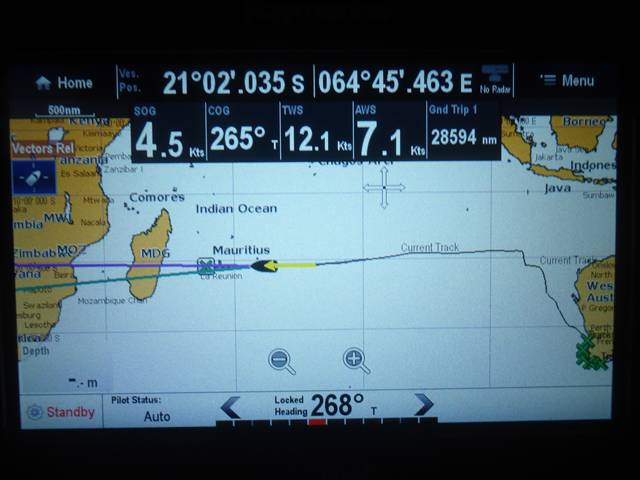

Soon the swell was increasing and the wave tops were starting to break and boil over forward of the tons of water beneath them. I watched as a wall of water would build up behind Zoonie’s stern and I discovered that if it didn’t break, the swell would gently lift Zoonie’s stern high up and send her skidding down the wave, surfing.
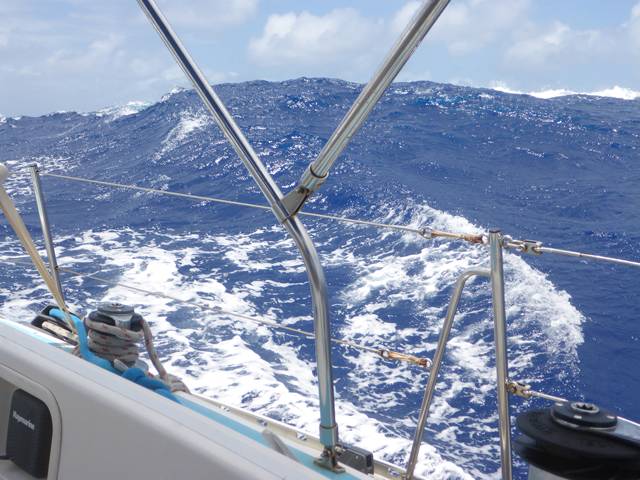

If the wall or wave did start to break it was quite a different story. The breaking wave would not tolerate Zoonie in its path and simply shove her to one side, sending her barrelling off course until the auto pilot, powered by the Watt&sea wave generator, very efficiently brought her back on line.
The wind stayed above 30 knots for 4 days and nights accompanied by a lively sea of around five metres. Zoonie was reefed and goose-winged and using every bit of wind around her.
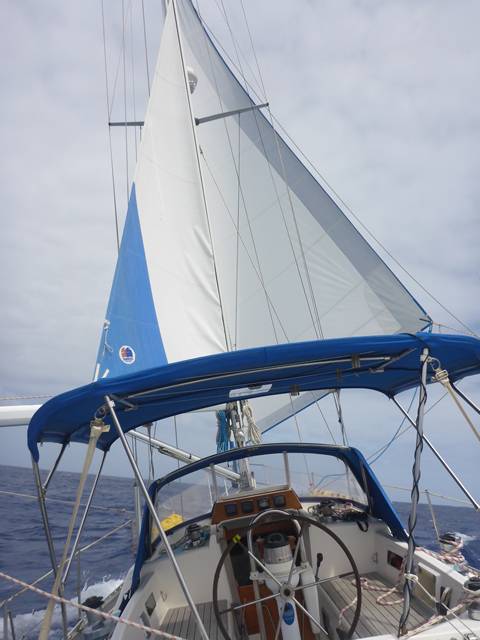

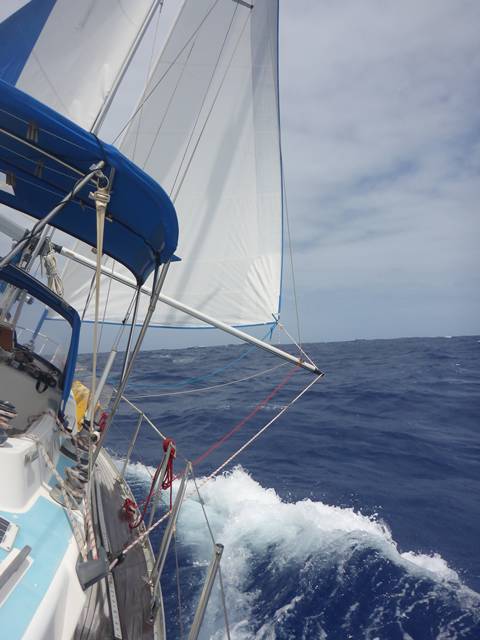

I emailed Michael and Jerome at Reunion (Michael.Tourancheau@tco.re) to tell them when we were 7 days away with 1090 miles to go. We had completed the Arrival and Health forms he sent us while in Fremantle and I photographed and sent them back to him before we left.
During the night, with frequent looks all around the horizon, we read or played games on our back lit tablets and the time passed quickly enough.
We had to change the clocks once in a while, all a sign we are getting nearer to home.
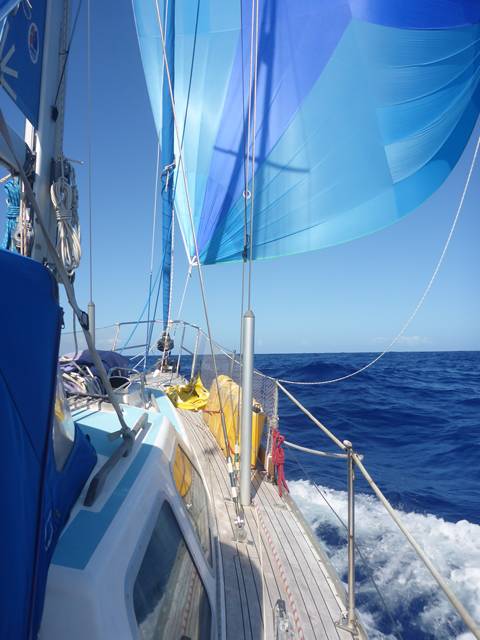

Every day we exchanged words with our weather guru, Des in Durban (sygambit@gmail.com).
Just one crisis:
Suddenly – while at 21:06.27S 62:33.48E on the 17th October – we went off course. The Chartplotter screen showed white out and the connection to the autopilot was lost. I leapt to the wheel, stabbed the STBY (standby) button on the autopilot and steered the boat back onto a course that would enable the cruising chute to fly and not get tangled up. I didn’t care what course that would be. Rob turned off the chart plotter at the control panel as the “device off” switch was also frozen. When he turned it on after a few seconds it re-booted perfectly.
Soon after it happened again and this time the chute wrapped herself around the furled genoa on the forestay. With me at the wheel and holding the sheet, and Rob on the snuffer line, we let the rolling motion of the boat fling the remaining chute back and forwards, Rob pulling the snuffer bag down centimetre by centimetre until, within a metre of her hem, Rob went forward and gathered the rest safely in.
I started to wonder if this was anything to do with the fact the Variation (the difference measured in degrees between magnetic north as shown on the compass and actual true north) over recent days had been between 22 degrees and 30 degrees West. Could this affect the chart plotter?
We were able to confirm this extreme local variation from the lines of variation on one of the paper charts we have of the Southern Indian Ocean, another good reason to use paper charts as well as a chart plotter. A more frequent noting of our position was called for in case the chart plotter gave up the ghost for good.
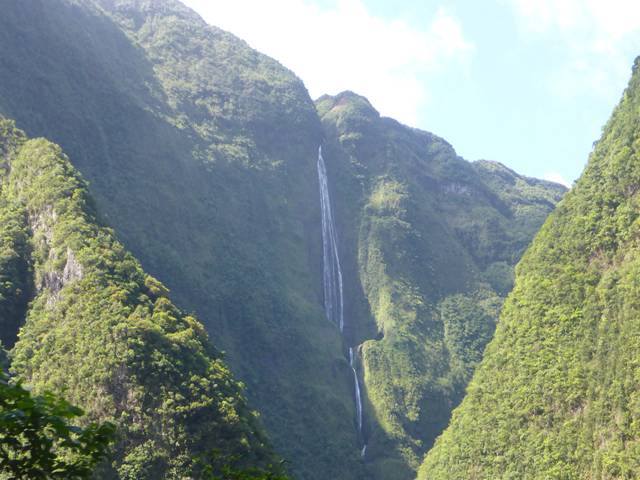

La Reunion:
Titan marina in Le Port des Galets is located further in than the conspicuous marina we saw from offshore with its numerous masts. Just head in and turn second right before the old shoreline.
Le Port des Galets on the NW corner of La Reunion is sheltered from the prevailing winds but exposed to any marauding cyclones from the north and east. We’ll be gone before they start in November. With the climate being in a La Nina phase in the Pacific and perhaps here as well, they are likely to be more prompt in their season and more numerous both here and in the Pacific and North Atlantic regions.
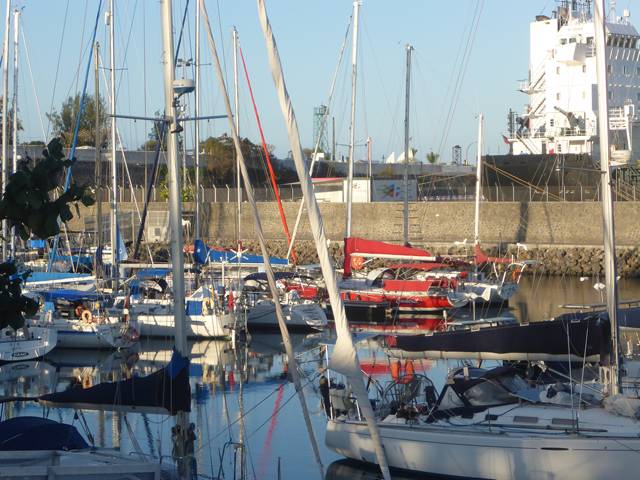

Two beautiful white, long-tailed tropic birds came out to greet us and at 08.45am on the 20th October Angelique took our lines with a smile and warm welcome and lots of useful information. We had twenty minutes, Angelique said, before the Customs would be upon us and true to form along came an interpreter and two customs officers who declined coming aboard and allowed our few items of fresh food as long as we didn’t take them ashore!
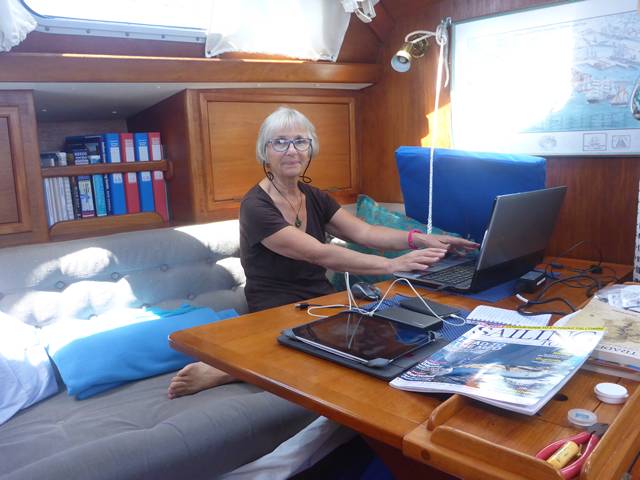

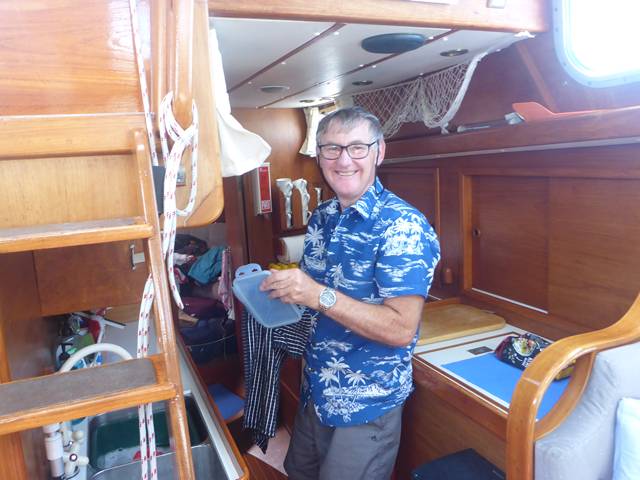

Barb and Rob White
SY Zoonie (UK)
http://blog.mailasail.com/zoonie
………………………………………………………………………………………………………………………………………
Related Reports:
Indian Ocean Voyage Part 1: Taking the Southern Route Across the Great Australian Bight
Indian Ocean Voyage Part 3: La Renunion to South Africa
Indian Ocean Voyage Part 4: Cruising South African Waters
………………………………………………………………………………………………………………………………………
The opinions expressed in this article are the author’s own and do not reflect the view of Noonsite.com or World Cruising Club.
Related to following destinations: Australia, Reunion Island, South Africa
Related to the following Cruising Resources: Indian Ocean, Routing





